mobile View, to the German Version tap the flag
![]()

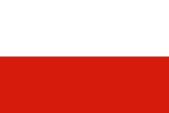





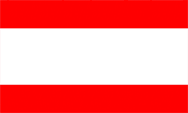


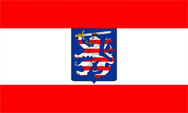


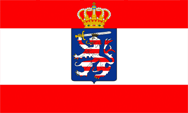


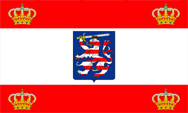





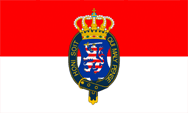


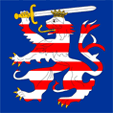


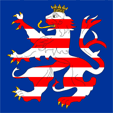











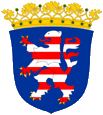
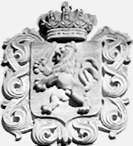








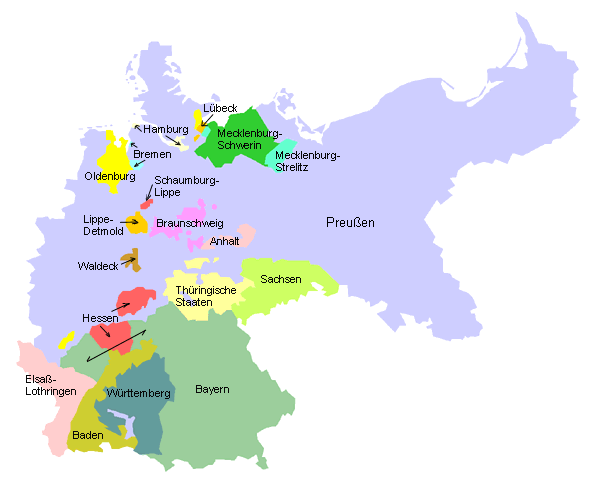
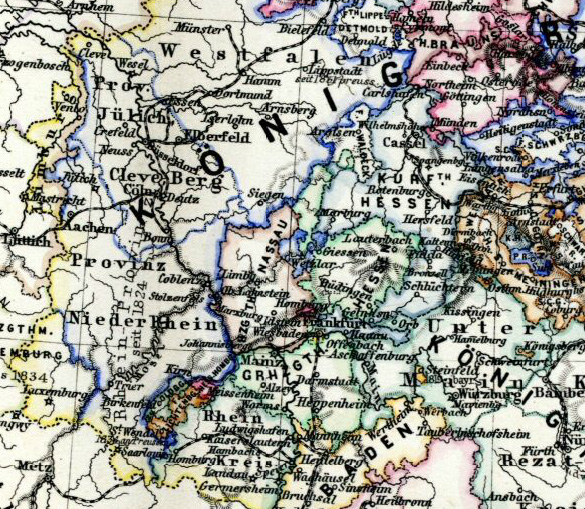
1145–1254 · Landgraviate of Thuringia
1254–1264 · heritage succession war, separation of Hesse from Thuringia
1264 · Landgraviate of Hesse
1567 · division of the ruling family in four different lines (1. Landgraviate of Hesse-Kassel, 2. Landgraviate of Hesse-Darmstadt, 3. Landgraviate of Hesse-Marburg [to 1604], 4. Landgraviate of Hesse-Rheinfels [to 1583])
1806 · end of the Holy Roman Empire of German Nation under the pressure of Napoléon, the emperor resigns, the Landgraviate of Hesse-Darmstadt becomes levied to the Grand Duchy of Hesse and joins the Rhine Confederation
1808 · the Grand Duke gets the title "Champion of the Rhine and the Weser"
1816 · the Grand Duke is officially called "Grand Duke of Hesse and the Rhine"
1866 · Fratricidal War of Prussia against Austria, Hesse-Darmstadt and Hesse-Kassel are on the side of Austria and defeat, Hesse-Kassel and the former Hesse-Homburg become occupied by Prussian troops in August 1866, abolished in October 1866 and annexed to the Prussian Province of Hesse-Nassau. Hesse-Darmstadt has to cede to Prussia the cities of Mainz and Worms and the District of Biedenkopf
1918 · Revolution in Hesse-Darmstadt, overthrow of the monarchy
1923 · proclaiming the "People's State of Hesse"
to 1945 · state of the German Empire
1945 · Hesse-Darmstadt becomes occupied by US-American troops
19th of September in 1945 · the Allies establish the Country of Greater Hesse (the present State of Hesse), by unification of Hesse-Darmstadt and Hesse-Nassau under loss of Rhine-Hesse
Source: Atlas zur Geschichte,
World Statesmen,
HGIS - Historisches Deutschland
![]()
The states of Hesse between 1567 and 1866 in overviev
1.) from 1567 Landgraviate of Hesse-Kassel, since 1803 Electorate of Hesse, since 1866 to the Prussian Province of Hesse-Nassau
2.) from 1567 Landgraviate of Hesse-Darmstadt, 1803–1918 Grand Duchy of Hesse, 1918–1945 Federal Country of Hesse
3.) from 1596 Landgraviate of Hesse-Homburg, since 1866 to the Prussian
Province of Hesse-Nassau
4.) 1567–1604 Landgraviate of Hesse-Marburg
5.) 1567–1583 Landgraviate of Hesse-Rheinfels
6.) 1648–1681 Landgraviate of Hesse-Bingenheim
Source, by: Wikipedia (D)
![]()
Origin of the Country's Name
The name "Hesse" is based on a Germanic tribe with the same name who lived here during the time of the Romans. This tribes was called by the Romans "Chatti". The name "Darmstadt" comes from a creek called "Darm", which floats here. "Darm" means translated "quagmire" or "swamp". Darmstadt was the residence of the Counts of Katzenelnbogen, who had to cede their possessions in the year 1479 to Hesse.
Source: Handbuch der geographischen Namen
![]()
![]()
![]()
![]()
![]()
![]()